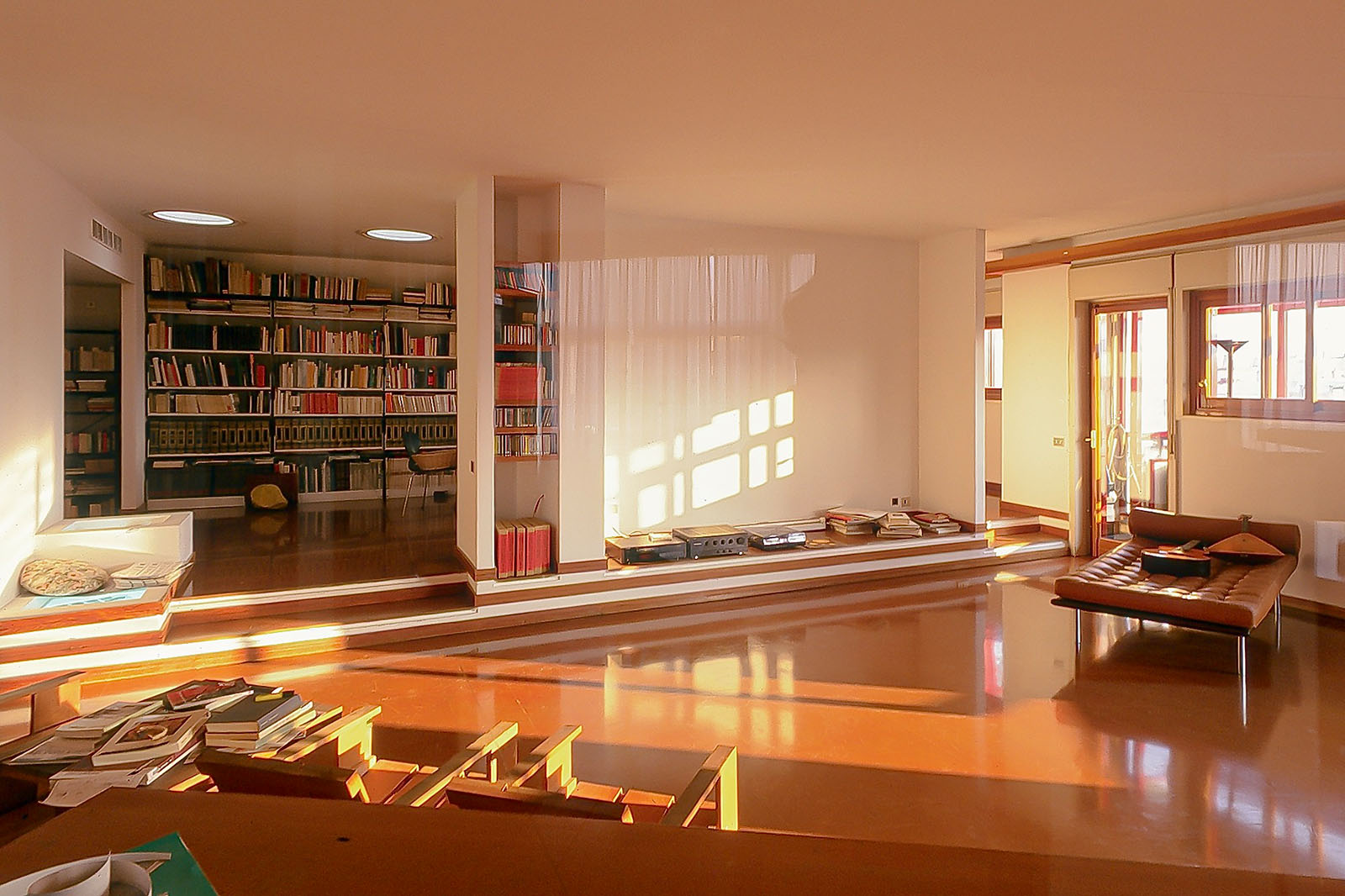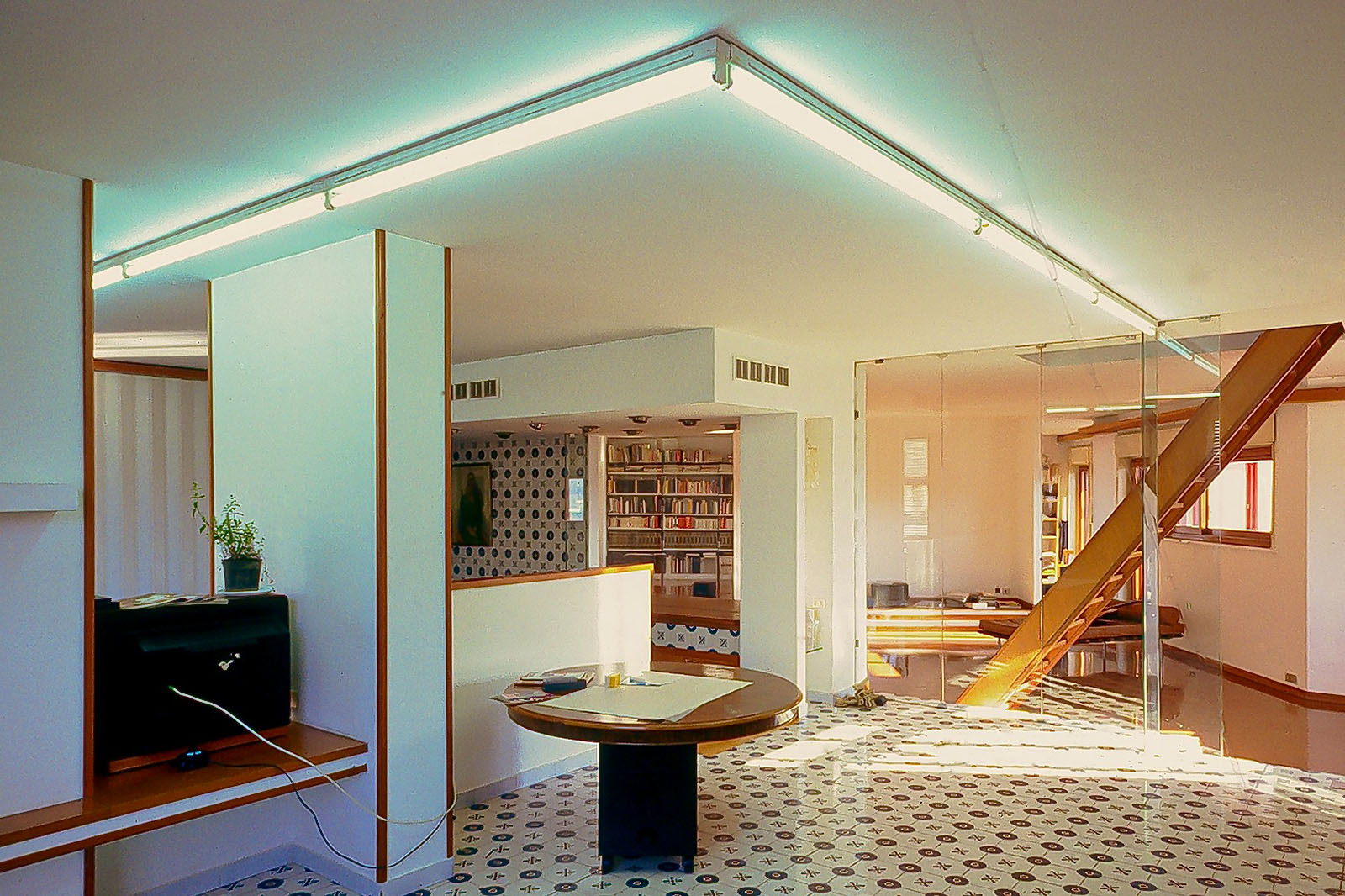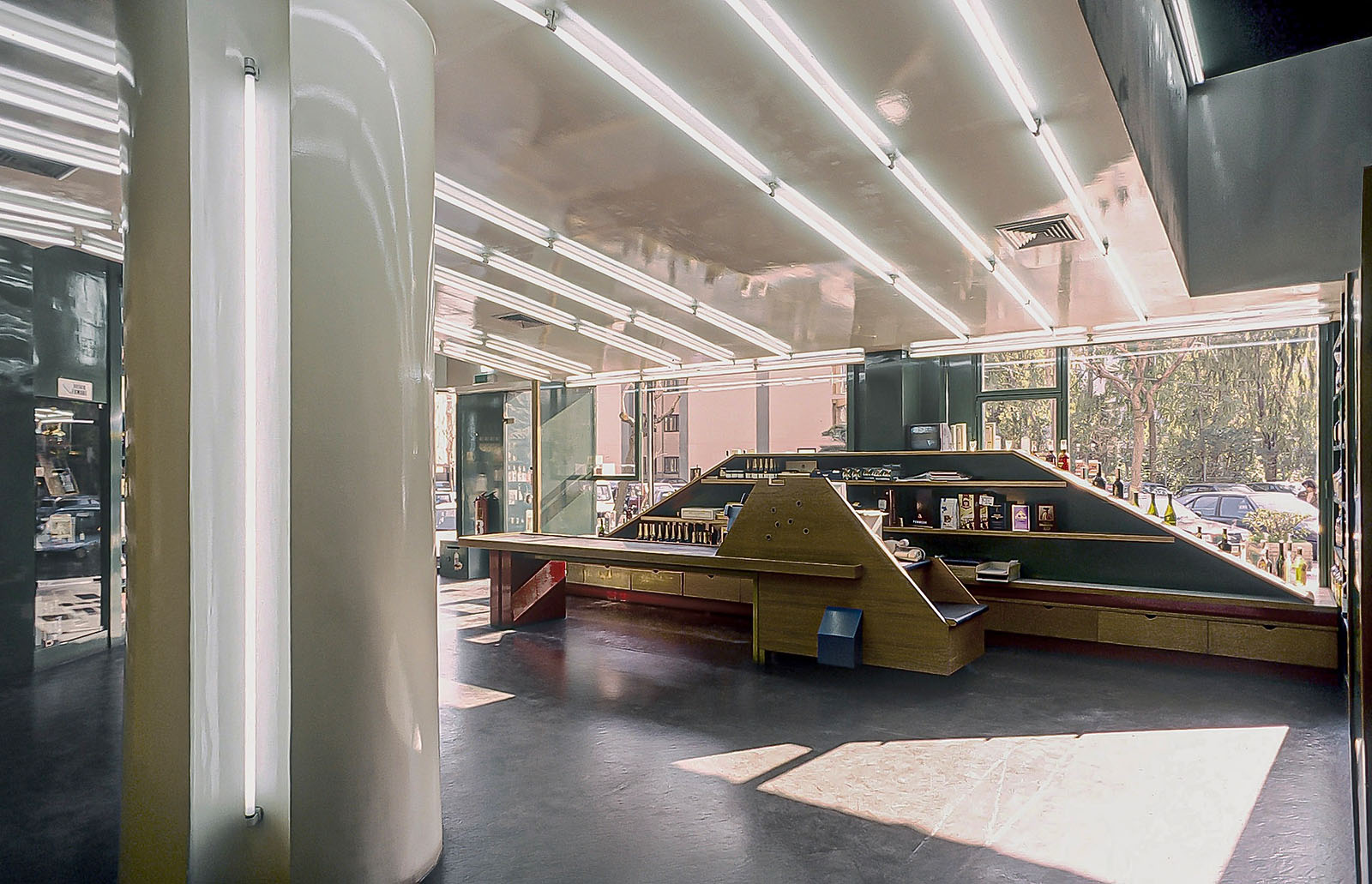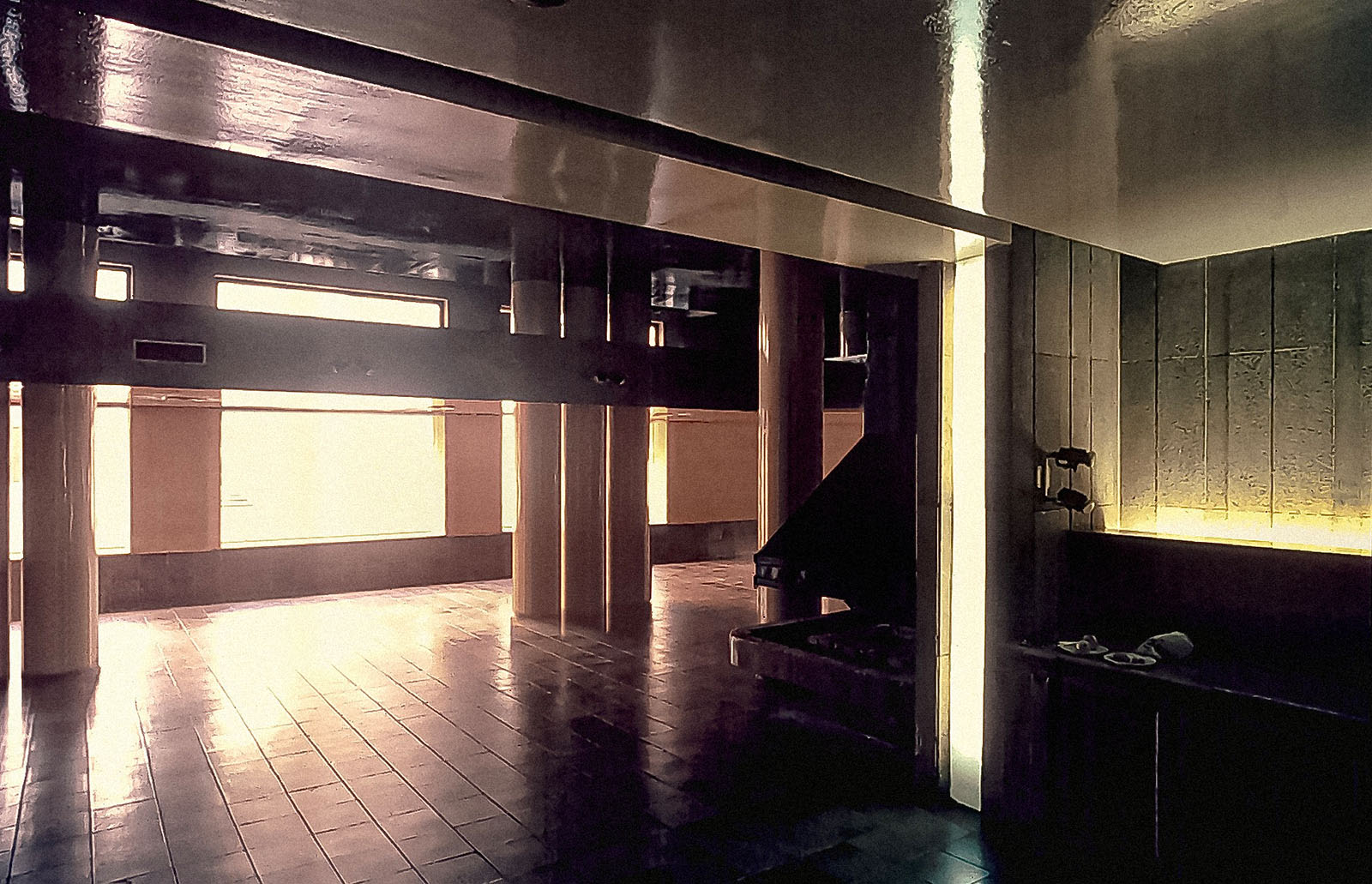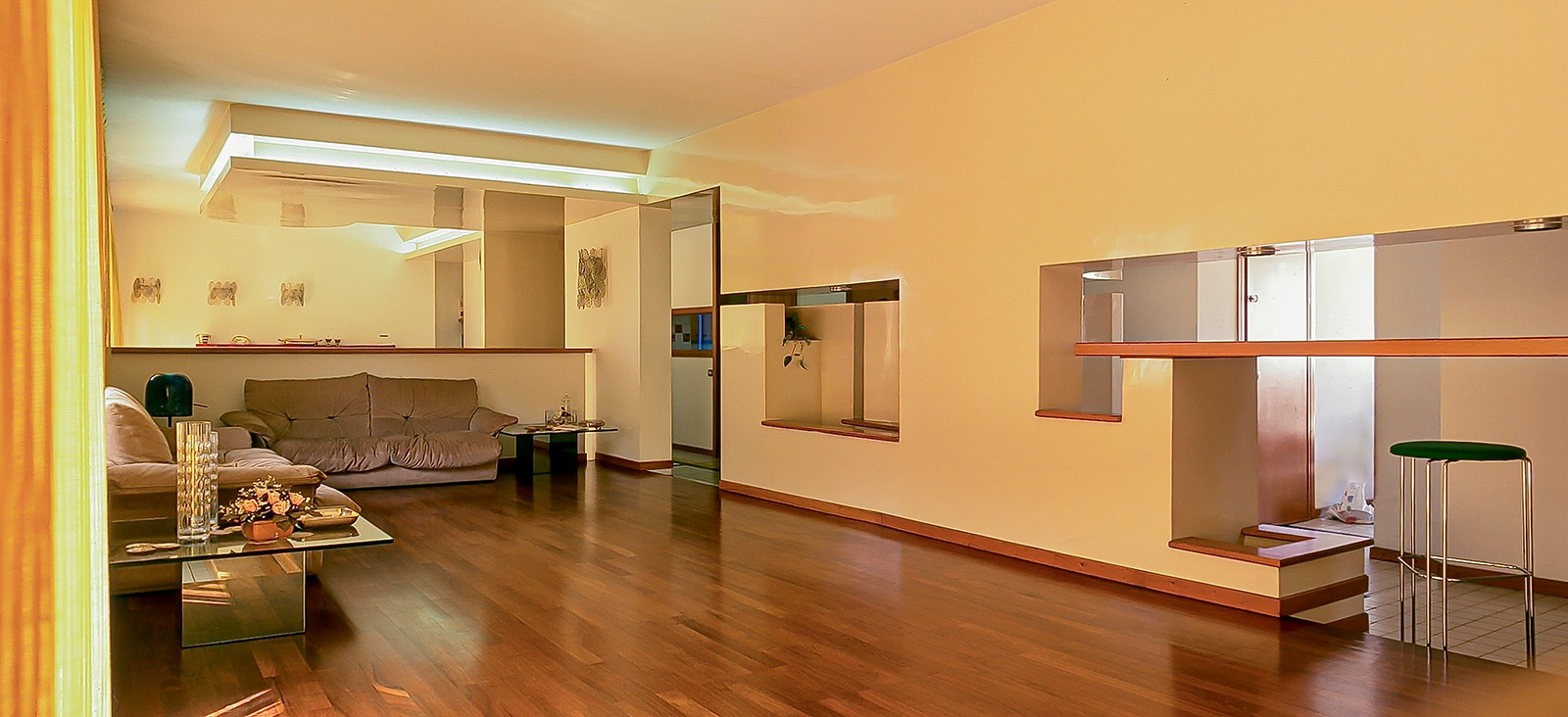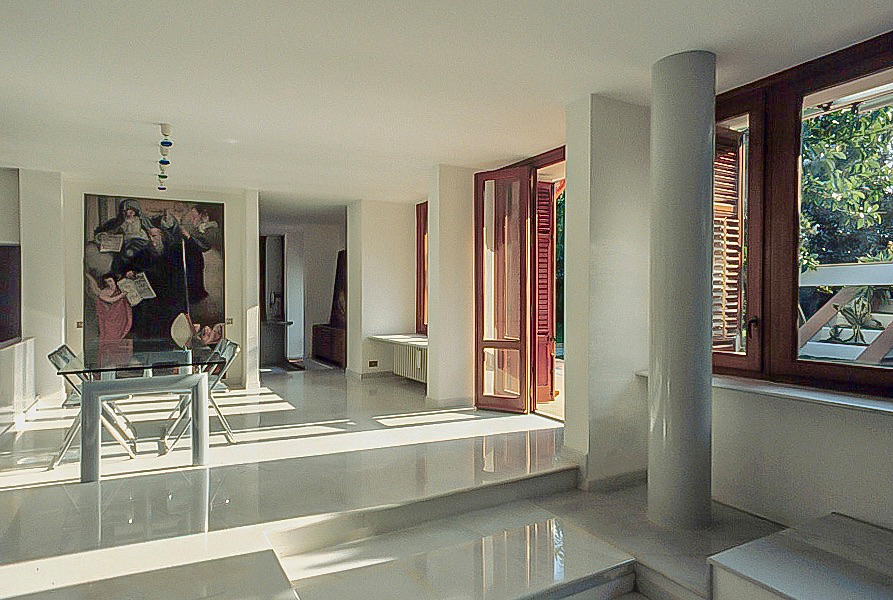Introduction
Architect, historian and critic, Antonietta Iolanda Lima (Palermo, 1941) has traversed more than half a century of Italian architectural culture with a holistic and humanistic approach. At the School of Palermo, she has promoted an idea of architecture as a civic and cognitive act, grounded in dialogue between history, design and landscape. Between 1993 and 1998, Antonino Cardillo attended her university courses and research, experiencing a method that interweaves word, drawing and image. Living within the architectures designed by Lima, he observed the relationship between space and light—an experience that became part of his visual formation. From Lima, he absorbed a vision in which building means interpreting culture and the memory of places.

